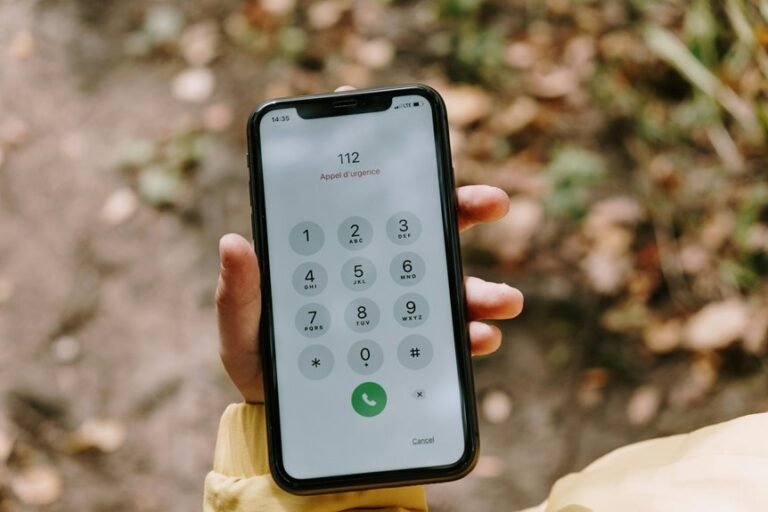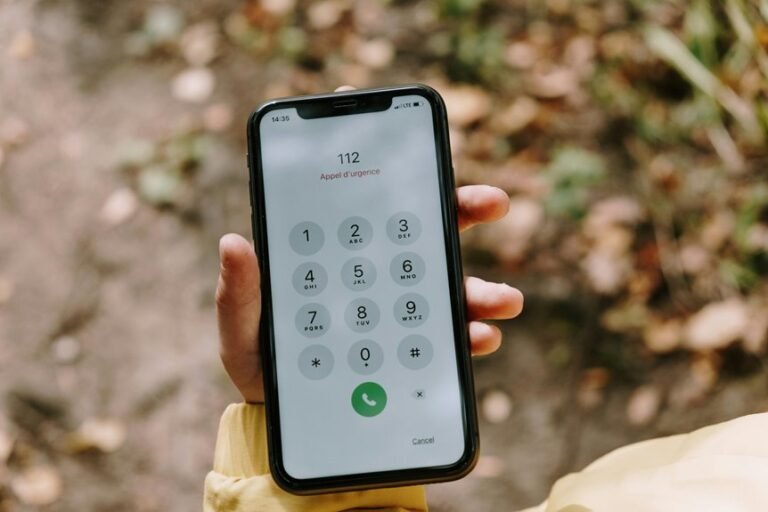Pornocarioda 10 Tips for Boosting Your Online Privacy
In the digital age, online privacy has become a critical concern. Many individuals remain unaware of the potential threats posed by inadequate security measures. The following ten tips outline essential strategies for enhancing privacy online. Each recommendation addresses a specific area of vulnerability, from password management to social media practices. Exploring these strategies may reveal significant gaps in one’s current approach to online safety. Understanding these nuances is vital for better protection against cyber threats.
Use Strong and Unique Passwords
Although many users underestimate the importance of password security, employing strong and unique passwords is a fundamental step in safeguarding online accounts.
Utilizing password managers can facilitate the creation of complex passwords, ensuring that each account is protected by unique phrases.
This practice minimizes the risk of unauthorized access and enhances personal privacy, empowering users to navigate the digital landscape with confidence and autonomy.
Enable Two-Factor Authentication
Many users overlook the critical layer of security that two-factor authentication (2FA) provides.
Implementing two factor can significantly enhance account protection by requiring a second verification step. The two factor advantages include reduced risk of unauthorized access, as even compromised passwords become insufficient for intruders.
Embracing this security measure is essential for individuals seeking to maintain autonomy and privacy in an increasingly digital world.
Regularly Update Software and Devices
Regularly updating software and devices is a crucial practice for safeguarding online privacy and security.
This ongoing software maintenance helps to patch vulnerabilities, enhance device security, and improve overall performance.
By prioritizing updates, individuals can mitigate risks associated with cyber threats, ensuring that their personal information remains protected.
In the quest for digital freedom, vigilance in software upkeep is indispensable.
Be Cautious With Public Wi-Fi
When individuals connect to public Wi-Fi networks, they often overlook the potential security risks associated with such convenience.
Public Wi-Fi security is notoriously weak, making data vulnerable to interception. To safeguard personal information, employing data encryption tools is essential.
Users should remain vigilant, avoiding sensitive transactions on unsecured networks, as this can lead to unauthorized access and compromise their online privacy.
Adjust Privacy Settings on Social Media
Although social media platforms offer opportunities for connection and engagement, users often neglect the importance of adjusting their privacy settings to safeguard personal information.
Failure to do so can exacerbate privacy concerns, exposing individuals to unwanted scrutiny and potential data breaches.
Use a Virtual Private Network (VPN)
Many individuals overlook the significance of online privacy beyond social media platforms, where their data can be vulnerable.
Utilizing a VPN offers numerous advantages, including robust encryption methods and enhanced security protocols.
When choosing providers, consider logging policies, connection speeds, and device compatibility.
Free vs paid options vary in effectiveness, while split tunneling assists in bypassing restrictions, ensuring a secure mobile usage experience.
Setup guides can aid troubleshooting issues.
Limit Personal Information Shared Online
Limiting personal information shared online is essential for safeguarding privacy.
Utilizing pseudonyms can help individuals obscure their true identities and reduce the likelihood of unwanted attention.
Additionally, adjusting privacy settings on social media platforms allows users to control who can access their information, further enhancing their online security.
Use Pseudonyms Online
A growing number of internet users are adopting pseudonyms as a means to enhance their online privacy and security.
The pseudonym benefits include reduced risk of identity theft and the freedom to express opinions without personal repercussions.
Creative aliases allow individuals to navigate digital spaces while safeguarding their true identities, ultimately empowering them to engage more openly without fear of exposure.
Adjust Privacy Settings
Adjusting privacy settings is crucial for individuals seeking to limit the personal information shared online.
By employing privacy tools, users can effectively control what data is visible to others.
Adjusting permissions on social media platforms and other online services minimizes exposure to unwanted surveillance.
This proactive approach not only enhances online security but also empowers users to maintain their digital autonomy and freedom.
Clear Cookies and Browsing History
Clearing cookies and browsing history is an essential practice for maintaining online privacy.
Effective cookie management can significantly reduce tracking by advertisers, safeguarding users’ personal data.
Regularly purging browsing habits from web history prevents unauthorized access to sensitive information.
This proactive approach not only enhances individual freedom but also fortifies one’s digital presence against potential intrusions, ensuring a more secure online experience.
Be Aware of Phishing Scams
Although many users may believe they can easily identify phishing scams, the reality is that these deceptive tactics are becoming increasingly sophisticated.
Enhancing phishing awareness is essential; users should scrutinize emails and utilize email verification methods to authenticate senders.
Monitor Your Online Accounts Regularly
Regular monitoring of online accounts is essential for maintaining digital security. By frequently checking account activity, users can quickly identify unauthorized transactions or changes.
Additionally, routinely updating security settings and reviewing privacy policies ensures that individuals remain informed about their data protection measures and potential vulnerabilities.
Check Account Activity Frequently
Frequent monitoring of online accounts is crucial in maintaining digital security and privacy. By regularly checking account activity, individuals can promptly identify unauthorized transactions or suspicious behavior.
Setting up account alerts and security notifications further enhances awareness, enabling users to act swiftly against potential threats. This proactive approach not only safeguards personal information but also empowers individuals to take control of their digital lives.
Update Security Settings Regularly
Monitoring account activity is a vital step in identifying potential security breaches, but it is equally important to update security settings regularly to enhance protection.
Conducting periodic security audits and utilizing a settings checklist can help ensure that all configurations remain robust against evolving threats.
Staying proactive in this regard empowers individuals to maintain their online freedom and safeguard their personal information effectively.
Review Privacy Policies Often
How often do individuals pause to review the privacy policies of the platforms they engage with?
Regular privacy policy analysis is essential, as policies frequently change, impacting user data management.
Understanding these policy change implications empowers users to make informed decisions about their online presence.
A proactive approach to reviewing privacy policies fosters greater digital freedom and enhances personal privacy in an increasingly interconnected world.
Conclusion
In the realm of online privacy, the adage “an ounce of prevention is worth a pound of cure” holds particularly true. By implementing these ten strategies, individuals can significantly bolster their digital security and protect their personal information from potential threats. Vigilance and proactive measures are essential in navigating the complexities of the internet. As cyber threats evolve, so too must our approaches to safeguarding our online presence, ensuring that privacy is not just a luxury, but a fundamental right.






